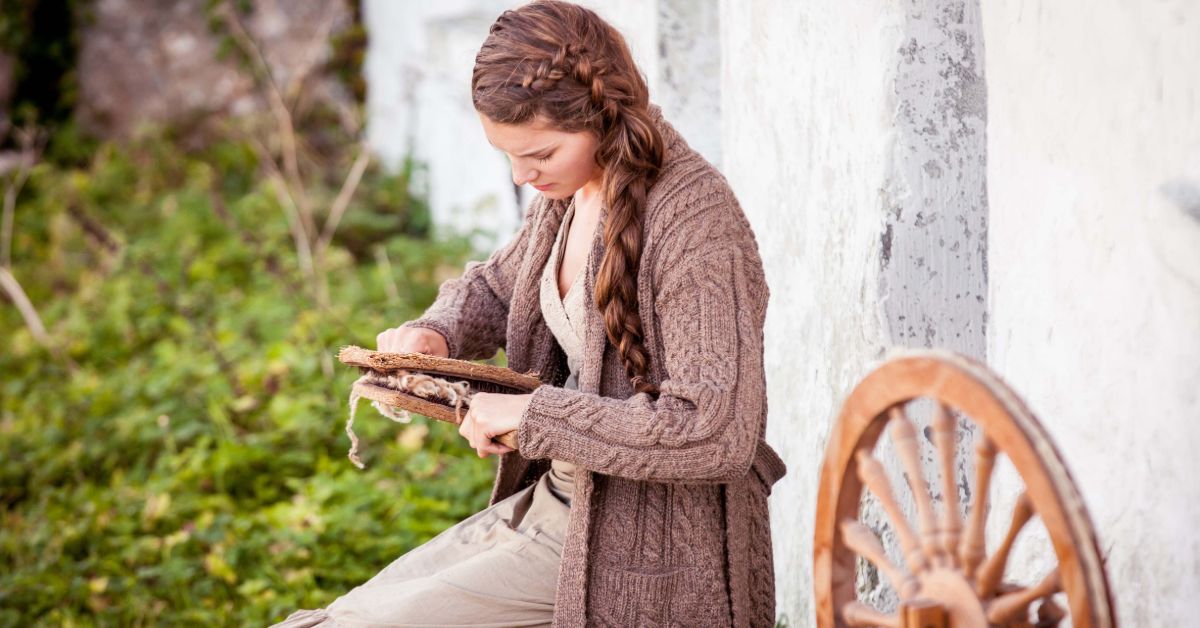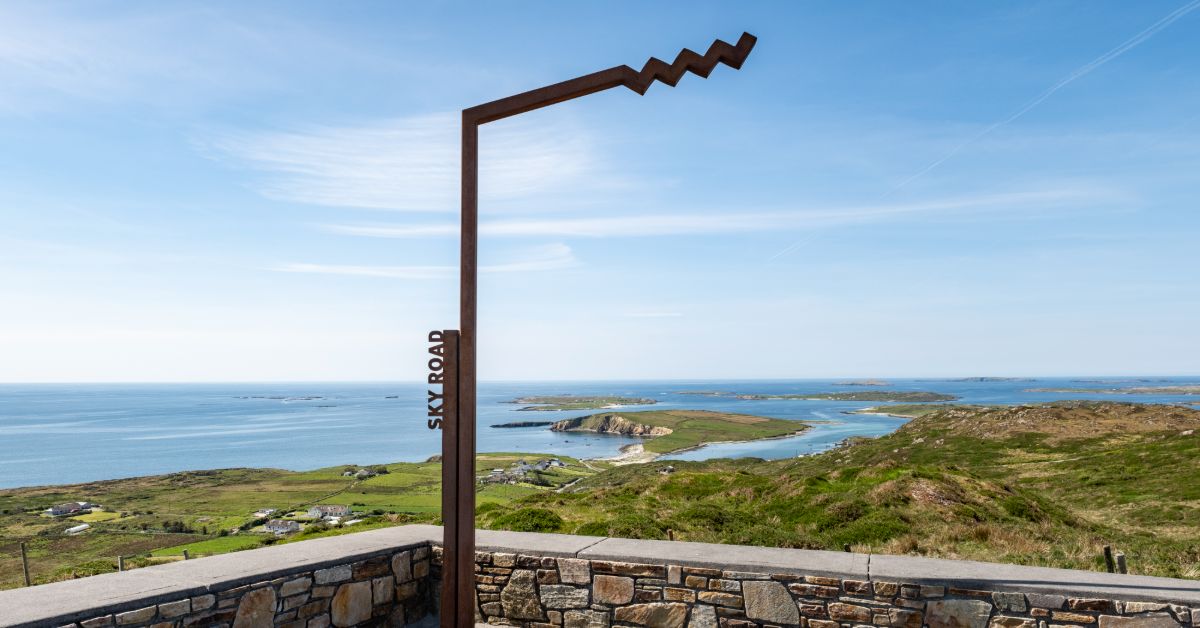There are few items of clothing more instantly recognisable as intrinsically Galway than an Aran Sweater. Originating on the magnificent islands off the coast of Galway many moons ago, the design has not only gone on to become a beloved part of Irish heritage, but has found its rightful place as a fashion staple for many all around the world. Let’s take a look back at the storied history of this famous jumper…
A garment as old as the islands themselves, the Aran Sweater is thought to be inspired by the Celts, who washed up on the shores of the Aran Islands in 2000BC. It was not until the first century AD that the first Aran blankets were produced and while the precise date of the very first Aran Sweater has been lost in time, the Book of Kells makes reference to intricately designed garments of a similar nature as early as the 8th century.
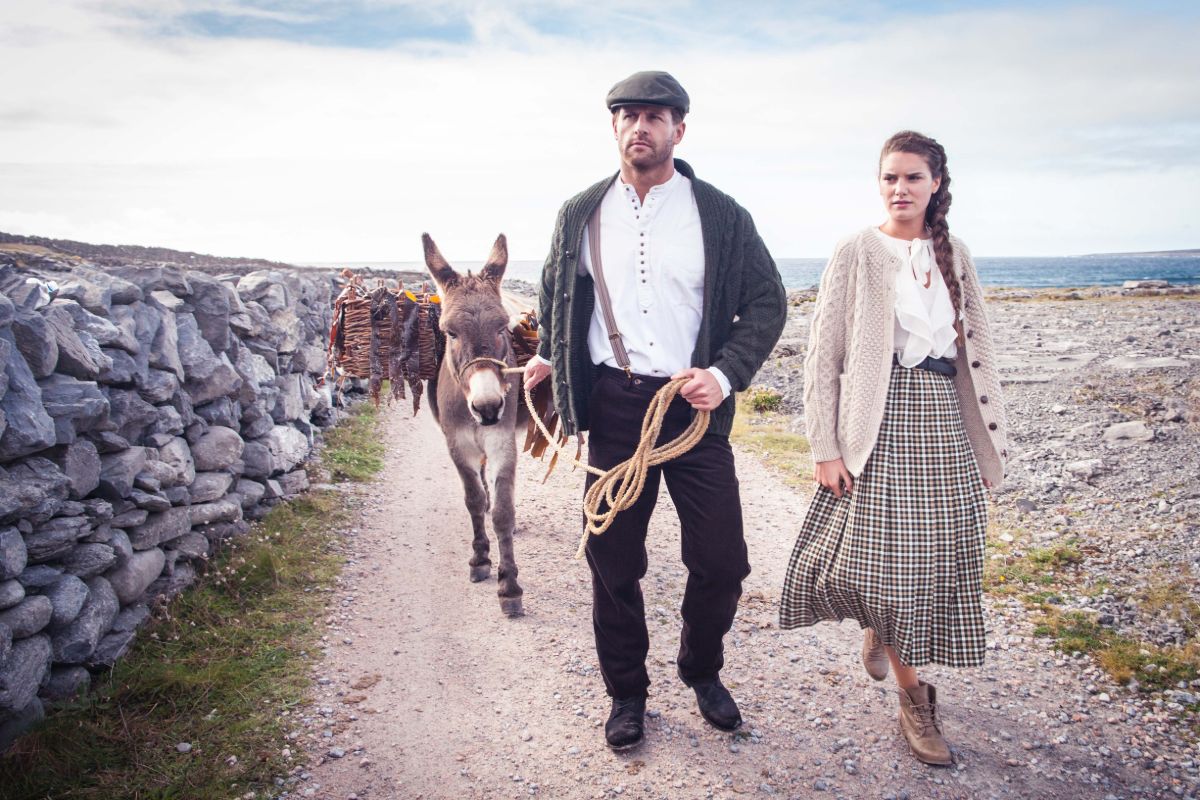
Photo courtesy of www.aransweatermarket.com
Given the harsh weather conditions of the islands and their proximity to the ranging Atlantic Ocean, the sweaters are said to have been knitted by the wives and mothers of fisherman and farmers braving the elements. Scoured wool was obtained from sheep, with its natural oil allowing for the production of a waterproof material perfect for keeping the wearer warm and dry, protecting them from the gruelling weather conditions. Absorbing 30% of its weight in water before it begins to feel wet, this sweater is certainly made of tough stuff.
While the Aran Sweater was doubtlessly made with practicality in mind, there are also a number of spiritual, religious and familial ties associated with the ornate stitching. Widely thought of as a religious garment that would keep fishermen safe when out at sea, an intimate link to various clans can be found in their distinctive designs. Uniquely combining stitches to ensure that each clan’s garment is bespoke to them, experts have interpreted these patterns to understand a little more about the lives of those who originally designed them.
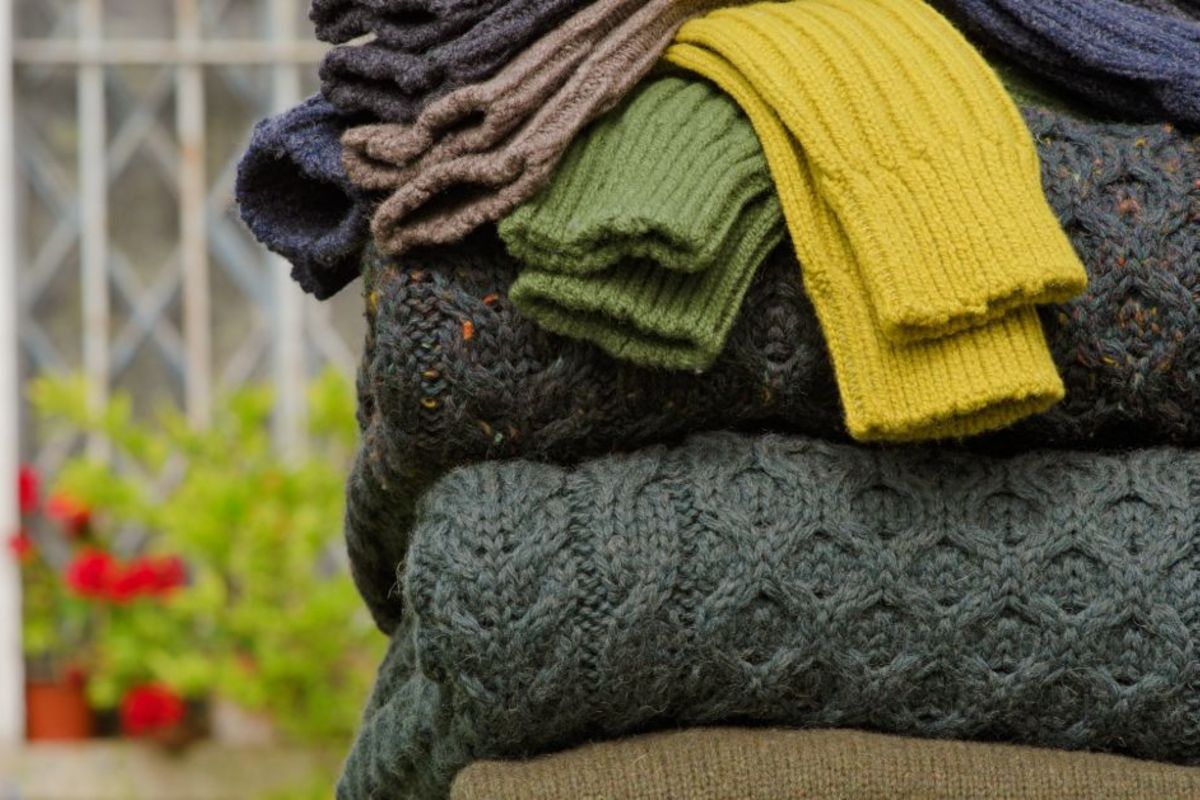
Reflecting the lives of those who would wear them, the distinct designs were once used as an aid in identifying the bodies of fishermen that washed ashore after encountering trouble at sea. A different meaning is attached to each variety of stitch, such as that of the most commonly worn today; The Cable Stitch. A depiction of the fisherman’s ropes, this design was a symbol of hope for a fruitful day at sea, while The Diamond Stitch is a reflection of the small island fields, signalling wishes of success and wealth. Other patterns include the Tree of Life Stitch, the Honeycomb Stitch and the Zig Zag Stitch, each associated with a separate meaning.
Generations ago, one Aran Sweater would consist of 100,000 carefully constructed stitches and would take a highly skilled knitter up to 60 days to complete. Today, handknit sweaters are hard to come by. Since appearing in a 1950’s issue of Vogue Magazine, global intrigue and demand has blossomed. We’re pretty sure that every family in Ireland will have an Aran Sweater nestled somewhere in the house, preserving that sense of Irish pride in our incredible heritage.
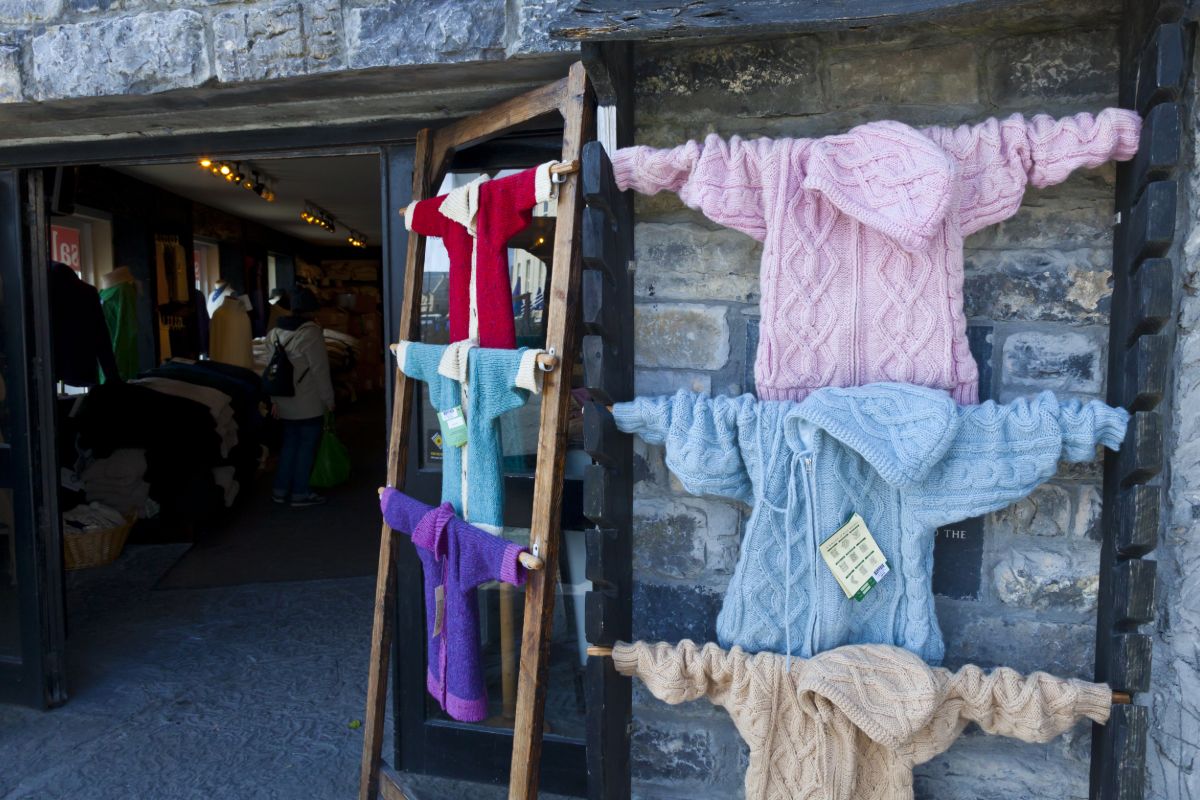
We sourced much of our information and imagery from one of the country’s leading suppliers of authentic Aran knitwear; Aran Sweater Market. Staying true to the original product and honouring the great history of these ornate designs, they’re paying homage to tradition while spreading the word to the masses. Swing by their website for an education of all things Aran, right HERE.
Published on Updated on


